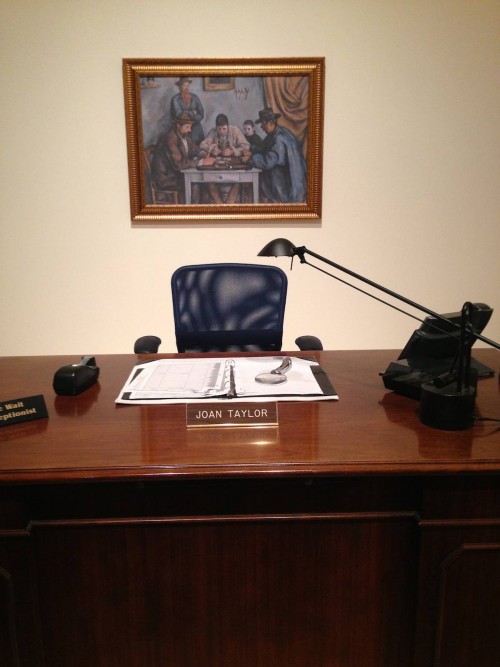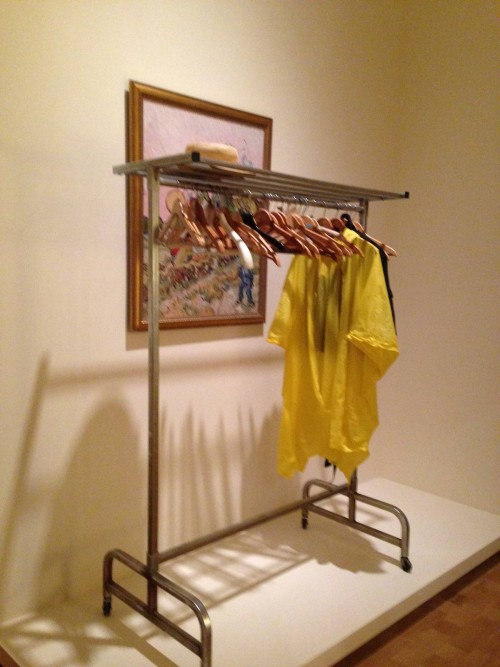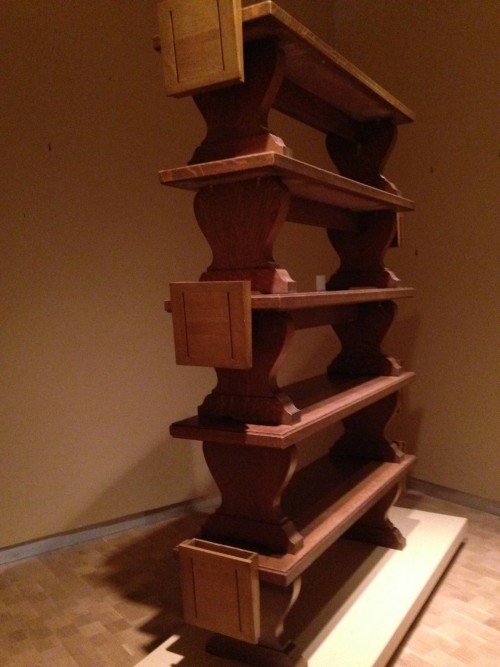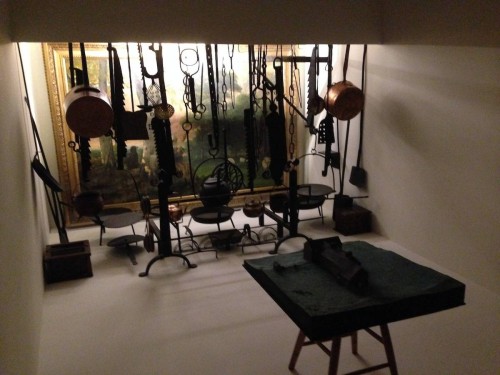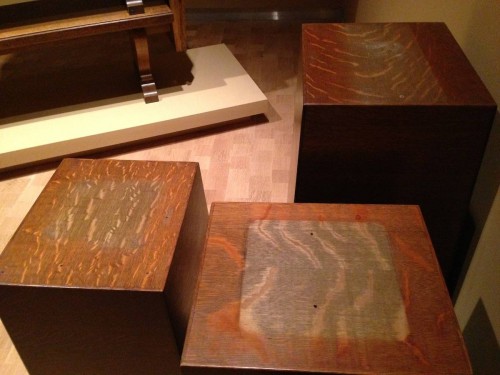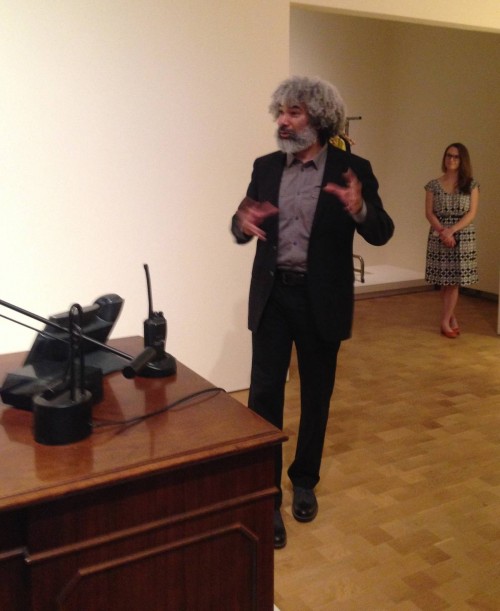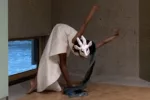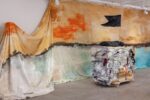[Roberta goes to the press preview of the Barnes’s new contemporary art exhibit and says The Order of Things gives you lots to ponder about collecting and presenting art. Also it’s a lot of fun. –the Artblog editors]
Three artists, Mark Dion, Judy Pfaff and Fred Wilson, were called to the Barnes. The charge: Interpret Dr. Barnes’s idiosyncratic way of hanging art, the “ensembles” he invented to weave together his collection by conscious placement of works that have unintentional allegiances; and respond to it.
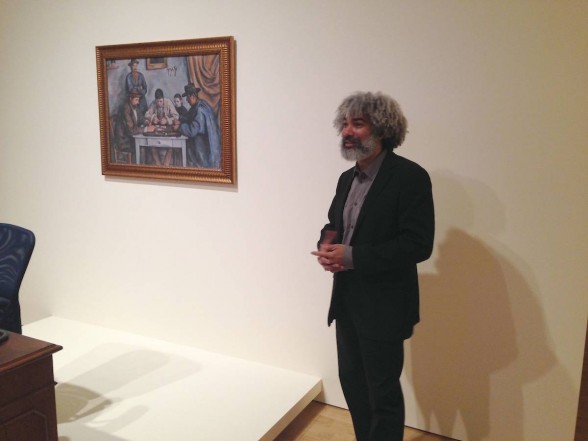
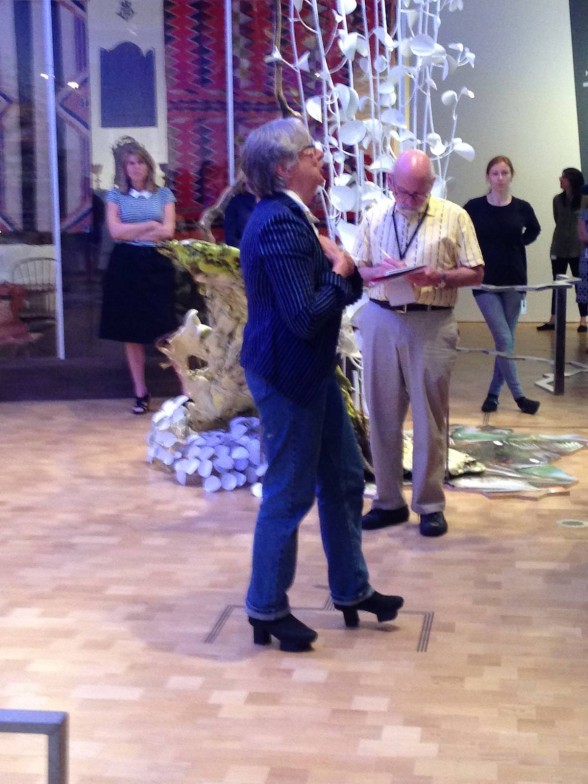
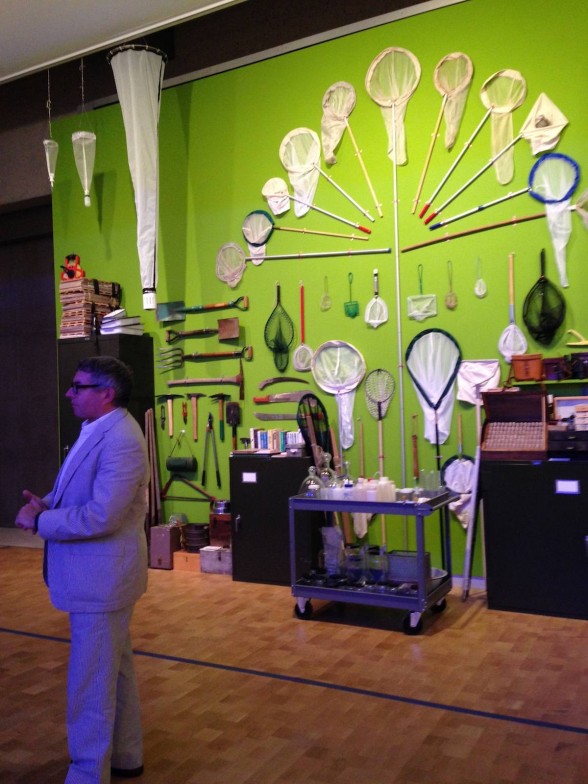
The result: The Order of Things, up until August 3. Three wonderful and inventive installations commissioned by the Barnes are not only fun and great to look at, but a walk through this show will color your view of Barnes’s sometimes wacky ensembles. All three artists seem to be posing questions of “What if?” What if Barnes had been obsessed with natural history instead of art (Dion); What if Mrs. Barnes got a room of her own (Pfaff); What if we uncover what is hidden in the Barnes (Wilson). These are all fantastic questions to ponder and they should lead to discussions broader than the question posed.
Note, in case you were wondering, as I was, where the Barnes would put these massive new commissioned works, here’s the answer: The Barnes commissions but they do not own the works. The pieces are owned by the artists and will leave the Barnes after the end of the show.
Fred Wilson’s “What if?”
Fred Wilson, perhaps the best-known museum responder of the three, embedded himself in the institution, and his creation is a series of galleries with ensembles through which you can walk. The little gallery walk mimics the actual Barnes gallery/ensemble walk a few hundred feet away with one big difference: Wilson’s galleries are based on the infrastructure of the Barnes – they show art, but that’s not their primary focus.
Walking through Wilson’s piece, which takes some time and allows you to ponder, offers epiphany-ready ensembles that focus the mind on the worker bees of the Barnes, those who dust, answer the phone, stack up the benches in storage and deal with the moveable coat racks. Wilson said his mini-Barnes walkway idea came from finding “readymade ensembles” in the infrastructure of the Barnes’ three buildings, including the Parkway Barnes, the Lower Merion Barnes and Kerfeal in Chester County.
Wilson also invented ensembles of his own. And he went to a class and talked with the students and with the guards. He met the late Joan Taylor (receptionist, whose desk is the anchor of his work). Taylor’s family gave permission for her desk to appear in Wilson’s installation and it is the first thing you see.
Wilson’s ensembles are all about what is hidden. In his ensembles, he places stuff (a coat rack, pots and pans) in front of the paintings. (The “paintings” in his installation are reproductions.) “Barnes did put metal work in front of tapestries,” he said. “I’m just pushing it.”
“Everything I chose I love — Renoir, ceramics, Pennsylvania Dutch. It’s about desire,” he said.
“The hearth from Kerfeal is exactly as it was there. The (stacked) benches look like African sculpture. Brancusi’s Endless Column was the image I had. The pedestals look like drums.”
Barnes infused his collection with African art; Barnes was supportive of African American rights, Wilson said. But instead of representing that in physical form, Wilson introduces music — a recording of African tribal music from countries Barnes collected objects from. The recording plays quietly in the background as you walk through.
I just love Wilson’s ensembles and gallery walk. The piece is so dignified and at the same time whimsical, and all the way through it raises thoughts of people, all the people who work at the Barnes.
Mark Dion’s “What if?”
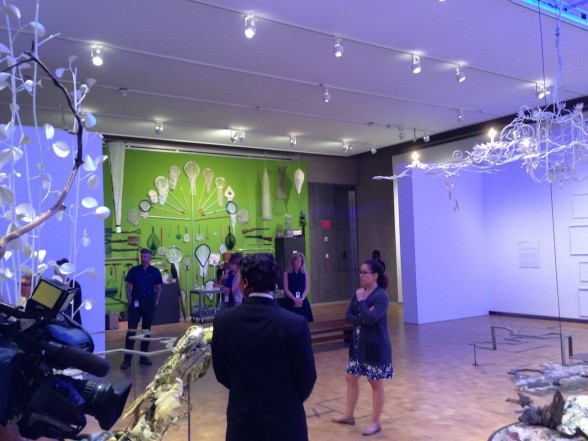
Mark Dion started working on his installation a year ago, he said. He tried not to limit himself except for space. He chose the alcove space for his wall array of natural science collecting gear, and it is a good choice. “I know these other artists well,” he said. He chose the alcove because “It’s protected,” he said with a laugh.
Dion, who has an easy laugh, said “I work with institutions that want you do do something…and then they don’t.” That said, he indicated the Barnes was good to work with. What’s his piece about? “Collecting, shooting, netting…the dark side of collecting.” Collecting, he said, noting that many of these nets, guns and drawers are from his collection, decontextualizes, arrests and possibly even deadens objects.
That outstanding green color on the wall? “I could have used Pompeii red,” he said, but chose instead “Apple Martini Green” to suggest, instead of a dead archive, a living thing, to imbue it with a kind of “glass half full” ambiance.
Judy Pfaff’s “What if?”
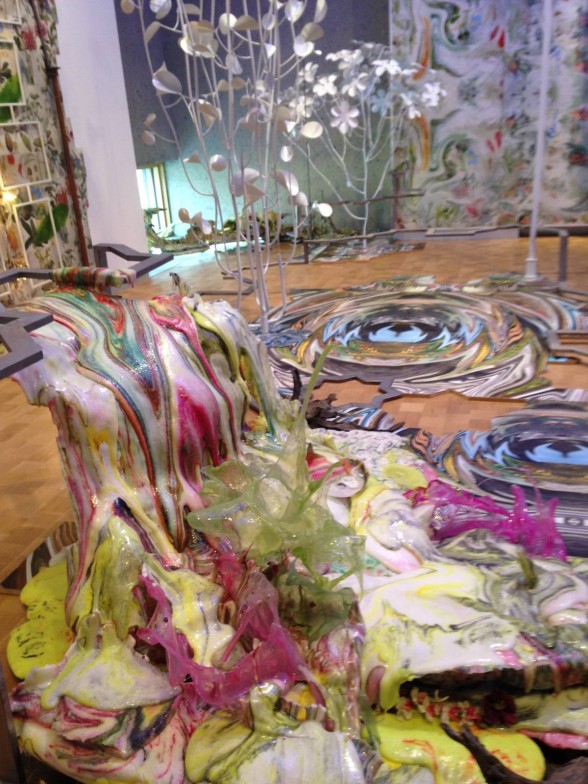
What do we make of Judy Pfaff’s sensuous spectacle of flowing almost man-eating nature? How does this relate to Barnes’s ensembles? Explaining that she had taken students to the Barnes in Merion, where there is the Arboretum and then again to the new Barnes, she thought, what’s missing here? Mrs. Barnes!
Of course, Mrs. Barnes was in charge of the Arboretum, a collection, with labels of flowers, trees, shrubs used to teach about flowers, trees and shrubs.
Pfaff has poured the essence of Mrs. Barnes into her resin, metal, and mixed media installation. She has created a garden walk, with cascades of “water” and poke-y sticks and blue, blue light to wash over it all, like the light of dusk or twilight. It’s pretty magical. She took the ceiling down to put the work in (“I like it raw,” she said.) Plus the architects said it was ok. Some of this work was made in the studio, but she also constructed on site. “I wanted to use the space as a studio — weld, drink coffee.” Needless to say that made the curators nervous. How much welding and drinking coffee went on? I don’t think very much.

The final component to this excellent immersive show is a plexiglass-walled capsule that contains a kind of period room called The Dutch Room. The Dutch Room, once in an alcove at the Barnes in Lower Merion, is an ensemble created by Dr. Barnes that was removed in the 1990s to make way for an elevator. It’s been in storage since then and now is painstakingly re-created. The piece is as wildly insistent about its own collecting as the three artists’ works that surround it.
Barnes Consulting Curator Martha Lucy, who organized the show, said that she hoped people would see the show and then “see the collection differently.” How can they not? Don’t miss this. And hope, along with me, that the Barnes does more exhibits like this, which riff on the idea of collecting, a human compulsion we all have to one extent or another and that is excellent fodder for art.



